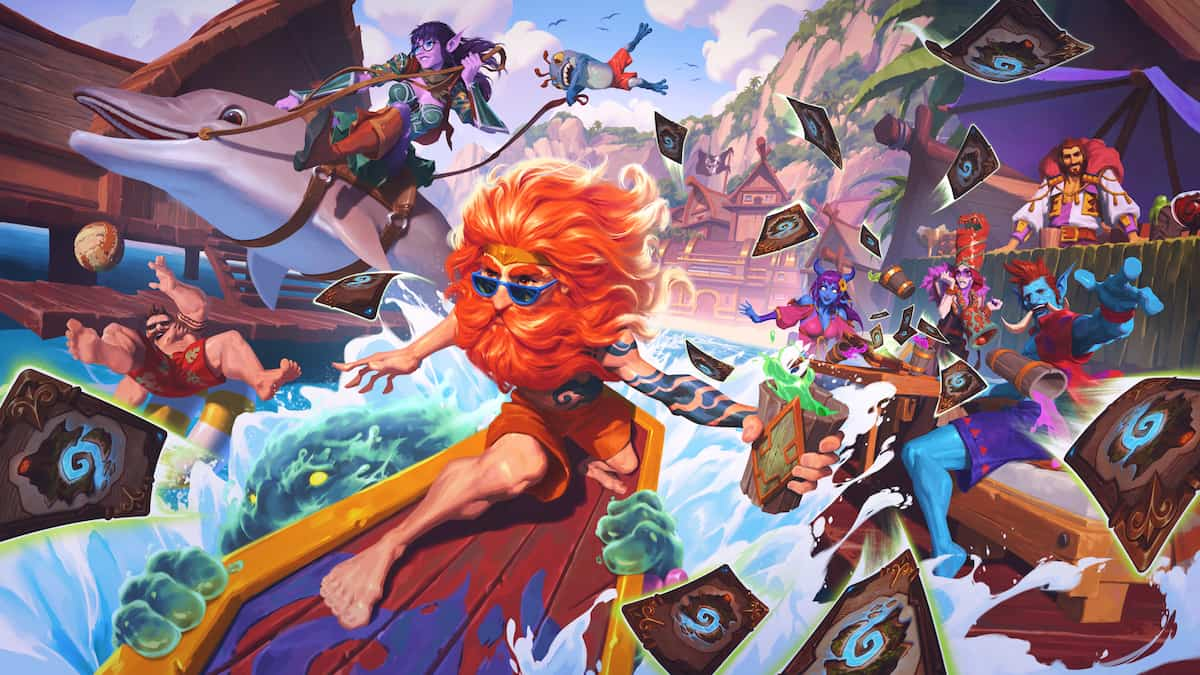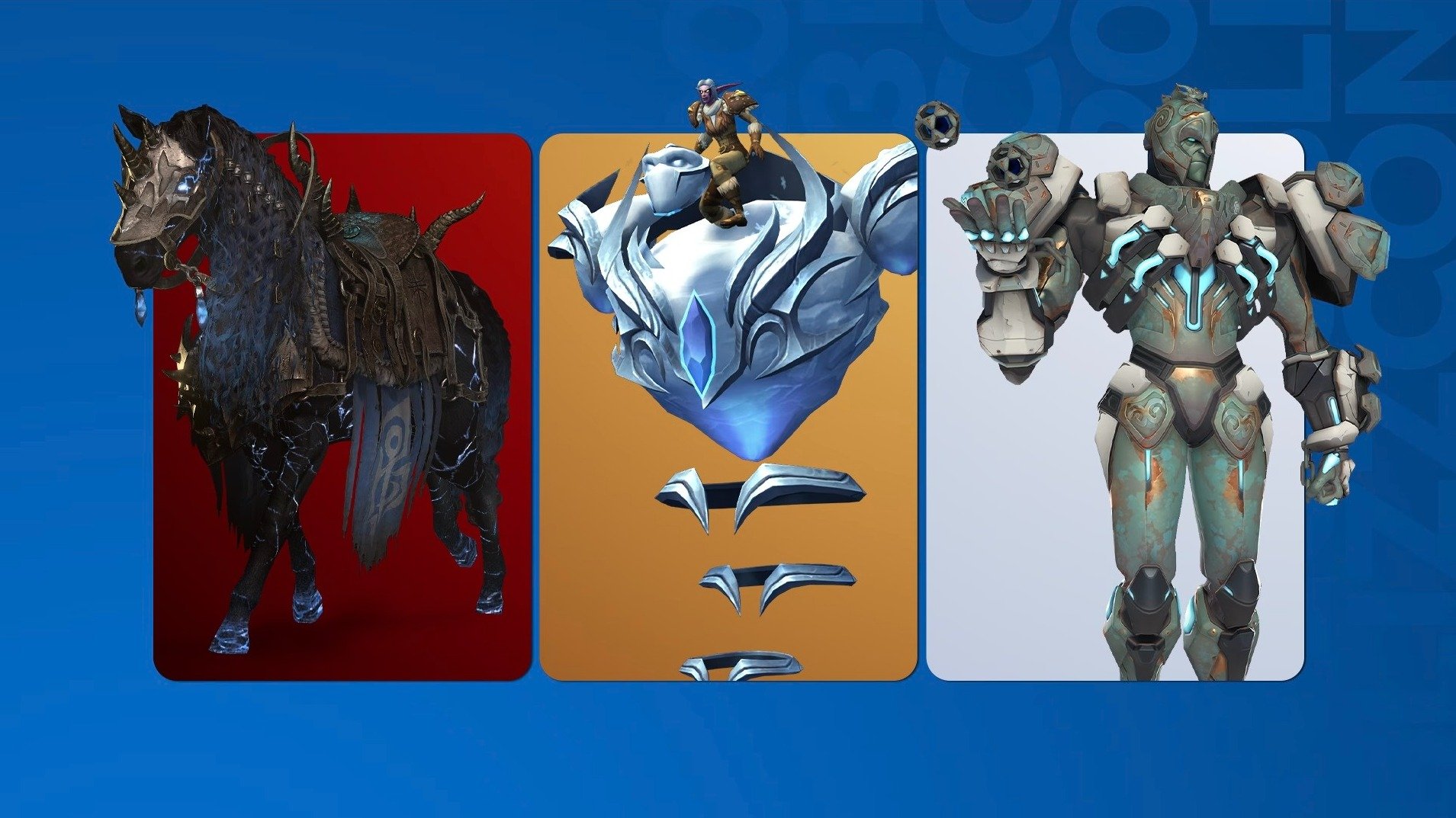Introduction
In this article I want to explore the concept of synergy in drafting arena decks. In constructed, the best decks are mostly those in which the cards have high synergy (or “combo-potential”) with each other, f.e. Warsong Commander + Grim Patron/ Frothing Berserker, Force of Nature + Savage Roar or simply Molten Giant + Sunfury Protector. This is the case because these combos are so powerful, they allow you to make a comeback (or just kill your opponent) when the game is not going in your favour or end the game quickly when you’re ahead, before your opponent has a chance to come back.
Drafting in Arena
When drafting an arena deck, the general rule is that you shouldn’t judge cards based on their combo-potential but rather on their individual value (i.e. minions with good stats and efficient removal), because of two main reasons:
- It’s not certain you’ll get the second part of the combo when you draft the first.
- Even if you manage to get a copy of each combo-piece, you’ll only have 1 copy, which means it’ll be much harder to actually pull off the combo than in constructed, where you will always have 2 copies of each card.
So therefore, in general, cards like Grim Patron, Force of Nature and Molten Giant are NOT good cards to draft in arena and should almost never be picked over cards that are individually good like Knife Juggler, Swipe or Yeti. Simply put, cards that are good in constructed are not necessarily good in arena and vice versa. This is something I think new players may find hard to accept, and it’s certainly a mistake I made a lot when I started playing Hearthstone.
Examples
For example, I can imagine that a new player who drafts a Warrior arena might think that Grim Patron is a really good card because he has played (against) some Patron Warrior in constructed and noticed the crazy combos that can happen. He therefore might choose it over – let’s say- Sunfury Protector because that is ‘just’ a 2 mana 2/3 with a slight bonus. But GP actually needs other cards (Warsong Commander, deaths-bite, Whirlwind,…) for it to be decent, while you can always play the SP as a 2/3 and that’s absolutely fine. If you pick GP and then run into one of the problems listed above, you’re stuck with a 5 mana 3/3 which is pretty terrible.
The same goes for Molten Giant, which is not even playable most of the time (except in Warlock due to Life Tap) and FoN, 6 mana deal 6 damage, which is not really good either when you compare it to Fireball or Swipe. All of these cards have great POTENTIAL but they require other specific cards to fulfil this. And although the potential of the combo is always bigger than the value of a single good card like Piloted Shredder, because of the unreliability of arena, the actual value will in fact be less most of the time.
So those are the main concerns when it comes to drafting a ‘combo’ arena deck. But here comes the good news: under some circumstances you can ignore the general rule and pick a card that has good synergy with the rest of your deck over an individually better one.
First Rule
You must already have ~ half of your deck!
This simply means that for the first 10 – 15 cards you should really aim to go for value and not pay attention to the combo pieces. Pick minions with good stats or abilities for their cost (a Yeti, Boulderfist Ogre,…) and efficient removal (weapons and AoE). Don’t fall into the “ I’ll probably get Card X (to combo with this card) later on” trap, because if you don’t get it you’ve substantially worsened your deck which can easily cost you 1 or 2 games. But once you have more than 15 cards you can afford to be a bit more liberal and choose cards that synergize well with what you already have, simply because you know you have them, instead of hoping you’ll get them.
It’s worth noting here that sometimes you’ll be forced to pick bad/combo cards in arena because the other options are even worse.
In that case you can opt to ‘upgrade’ your bad cards by picking combo pieces later on, provided you don’t neglect good individual cards (see also below). F.e. you’re drafting Shaman and are forced to pick Windfury early on. You might then pick Bloodlust (another ‘not so good’ card but one that combos nicely with WF for surprise lethal and can be used for other purposes as well) over cards that are strictly better individually but aren’t that great either (cards like Archmage or Fen Creeper). But you still shouldn’t, in this scenario, choose BL over top tier cards.
Second Rule
You must already have more than 1 card that synergizes with the one you want to choose!
I’ll clarify with an example. If you draft Mage and you have 1 secret so far, picking up a Mad Scientist is not as good as you might think, because of the second problem listed above. Yes, sometimes you can play it on turn 2 and get value, but oftentimes you’ll draw the secret before, or with, the MS, making the latter just a 2 mana 2/2. So you should pick any 2/3 or 3/2 2-drop over the MS simply because it has better stats. But if you already have 3 secrets, MS becomes a really good pick, because it’s much more likely you’ll get a secret when he dies.
Third Rule
You must not pass up cards that are insanely good!
Some cards are so powerful in arena it’s nearly always a mistake not to choose them, regardless of the synergy you’re aiming for. Good examples are Fiery War Axe, Savannah Highmane and Flamestrike. These cards can give you a huge advantage and they don’t need any other card to do so. So f.e. I would choose Ancient of Lore over Force of Nature even if I already have a Savage Roar and a Power of the Wild to combo with the latter. AoL is just too good on its own and in the long run will probably gain you more advantage than the combo.
Closing
The last point I want to make is that some combos consist of cards that are also really powerful on their own, and those are the ones you should look out for most of all, because even if you don’t get to play the combo, you will still gain an advantage from the cards themselves. Knife Juggler + Muster for Battle is a great combo, but both of these cards are so good you want them in your deck regardless of any synergy they might have. Their value only increases with every combo piece you add to your deck.
With these guidelines in mind, you can sometimes build a really good arena deck with some crazy combo potential. This can give you a big advantage because of the sheer value of some combos but also because people don’t expect you to have them in arena and therefore don’t play around it like they would in constructed. Drafting such a deck always involves some risk, but the profits can be amazing and it’s certainly great fun!
Hope you enjoyed this article and hopefully it will help reach that 12 win goal! Please do leave a comment below if you have any suggestions/comments or feedback!











Published: Aug 16, 2015 09:00 pm